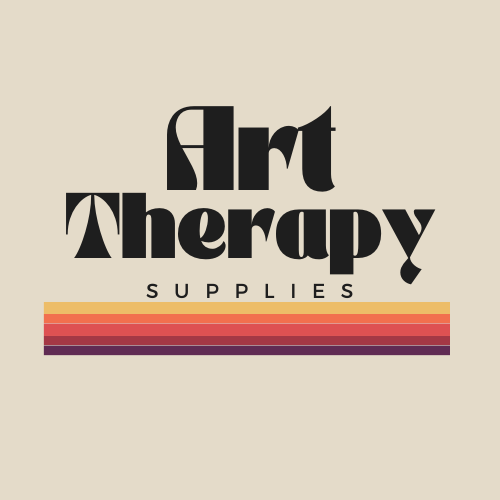Is Watercolor Painting Good for the Brain? Unlocking the Therapeutic Benefits
In a world filled with constant stimuli and the hustle and bustle of daily life, finding solace for our minds is crucial. Watercolor painting, a timeless art form, is emerging not just as a creative outlet but also as a therapeutic practice for mental well-being. Through the gentle manipulation of color and form, watercolor painting provides a unique opportunity to engage in expressive creativity while fostering emotional health. Let's delve into the multifaceted benefits of watercolor painting and its role as a calming, therapeutic activity.
Watercolor Can Be Good Therapy for Mental Health
Art has long been recognized as a form of therapy, offering a means of expression and release. Watercolor painting, known for its fluidity and flexibility, takes this therapeutic potential even further. Engaging in the process of watercoloring allows individuals to immerse themselves in a vivid world of colors and shapes, providing an escape from the stresses of everyday life and unlocking their innate creativity.
Benefits of Watercolors for Mental Health
1. Stress Reduction:
Watercolor painting encourages mindful focus on the present moment, effectively diverting attention away from stressors and worries that may cloud the mind.The rhythmic brushstrokes combined with the gentle flow of watercolors promote a meditative state, which can reduce cortisol levels, leading to enhanced relaxation.2. Emotional Expression:
Art serves as a non-verbal form of communication. Through watercolor, individuals can express complex emotions that may be challenging to articulate verbally, effectively bridging the gap between feelings and expression.The act of painting transforms internal feelings into visual narratives, providing a significant therapeutic release.3. Anxiety Relief:
Watercolor therapy is gaining recognition for its ability to alleviate feelings of anxiety and promote a sense of inner peace. The calming nature of the medium invites relaxation and reduces anxious thoughts.The process of blending colors and creating soothing gradients can have a grounding effect on those experiencing anxiety, making it a valuable therapeutic tool.4. Mindfulness and Presence:
Watercolor painting requires concentration and a clear focus on the task at hand, fostering a sense of mindfulness that encourages individuals to be present and engaged in the moment.The tactile experience of working with brushes and watercolors engages the senses, creating a cohesive connection between the mind and the creative process—an essential component for mental well-being. Why Can Art Be Used as Therapy?
Why Can Art Be Used as Therapy?
Art therapy is a specialized form of psychotherapy that utilizes the creative process as a means to improve mental health and overall well-being. Watercolor, with its accessibility and versatility, becomes a potent tool within this innovative therapeutic approach.
1. Self-Exploration:
Through the medium of art, individuals can explore their thoughts, emotions, and memories. Watercolor provides a safe space for self-discovery and deep introspection, allowing for greater understanding of one's internal landscape.Each choice made—regarding color selection, brush strokes, and composition—can reveal profound insights into one's psyche and emotional state.2. Catharsis:
Art allows for the release of pent-up emotions. The act of painting can serve as a cathartic experience, enabling individuals to externalize and process challenging feelings in a supportive environment.Watercolor's gentle and forgiving nature provides a low-pressure setting for emotional expression, encouraging exploration without fear of judgment.3. Empowerment:
Creating art fosters a sense of accomplishment and empowerment. This is particularly evident in watercolor painting, where even beginners can achieve stunning results that inspire confidence in their creative abilities.Transforming a blank canvas into a vibrant piece of art can significantly boost self-esteem, making watercolor a rewarding activity for mental well-being.What Is the Purpose of Watercolor?
The purpose of watercolor extends beyond mere aesthetic appeal; it transforms into a tool for self-care, a gateway to self-discovery, and a powerful means of nurturing mental well-being. Watercolor serves as a vehicle for personal expression, allowing individuals to navigate their inner landscapes, confront emotions, and find harmony amidst life's myriad challenges.
In conclusion, watercolor painting can indeed serve as effective therapy for mental health. Its multitude of benefits—ranging from stress reduction to anxiety relief—reinforces its value as a vital contributor to artistic expression and emotional healing. So, pick up a brush, let the colors flow, and embark on a fulfilling journey toward mental well-being through the transformative art of watercolor painting.
 Why Can Art Be Used as Therapy?
Why Can Art Be Used as Therapy?
